Step into the enchanting world of historical sites in Istanbul as we embark on a journey through the captivating past of the iconic Blue Mosque. In this blog post, we explore the profound history and cultural significance of this architectural gem, shedding light on its timeless beauty and intricate design. Join us as we uncover the secrets and stories that make the Blue Mosque a cherished landmark in the heart of Istanbul.
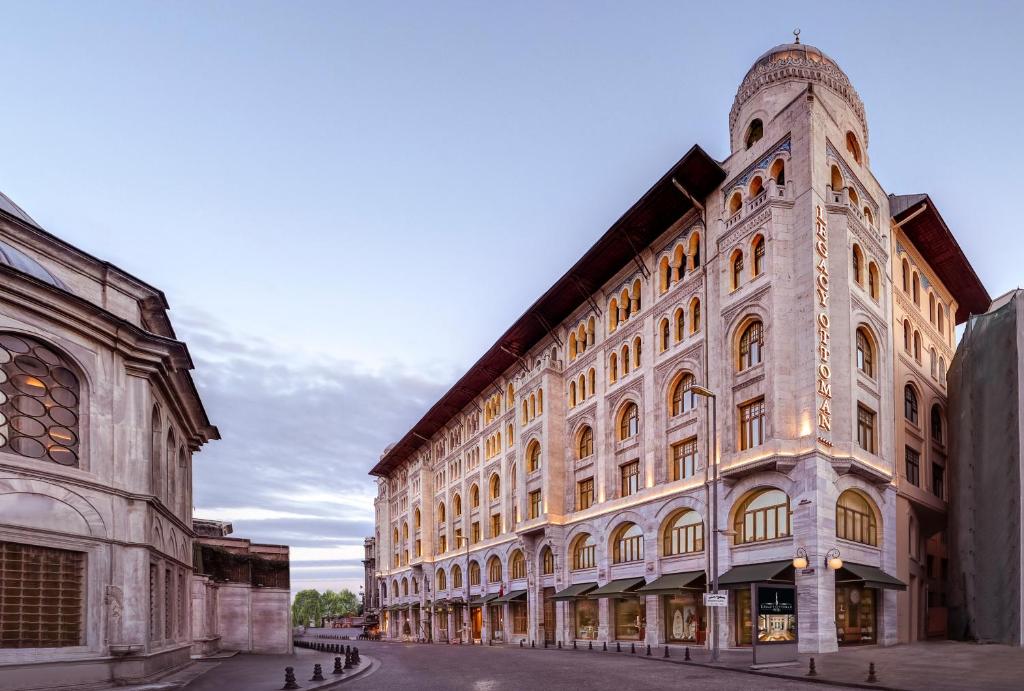

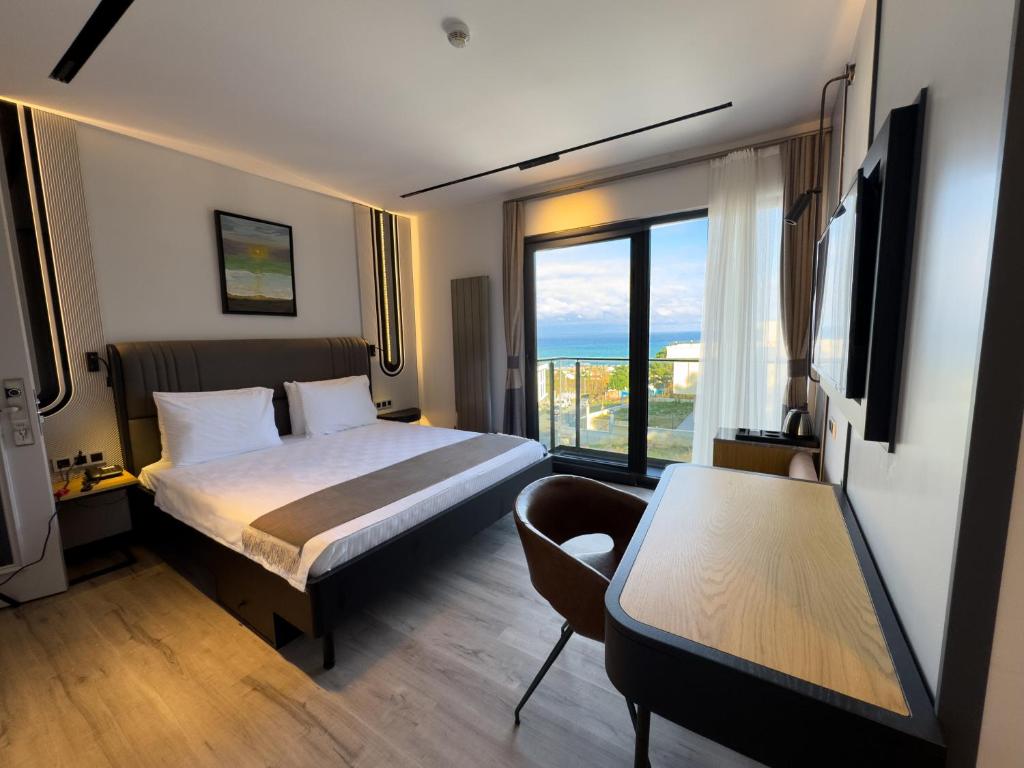
Historical Background
The Blue Mosque, officially known as the Sultan Ahmed Mosque, is a prominent landmark in Istanbul, Turkey, known for its stunning architecture and historical significance. Let’s delve into the origins of this iconic structure and explore its construction during the Ottoman Empire under Sultan Ahmed I.
Origins of the Blue Mosque
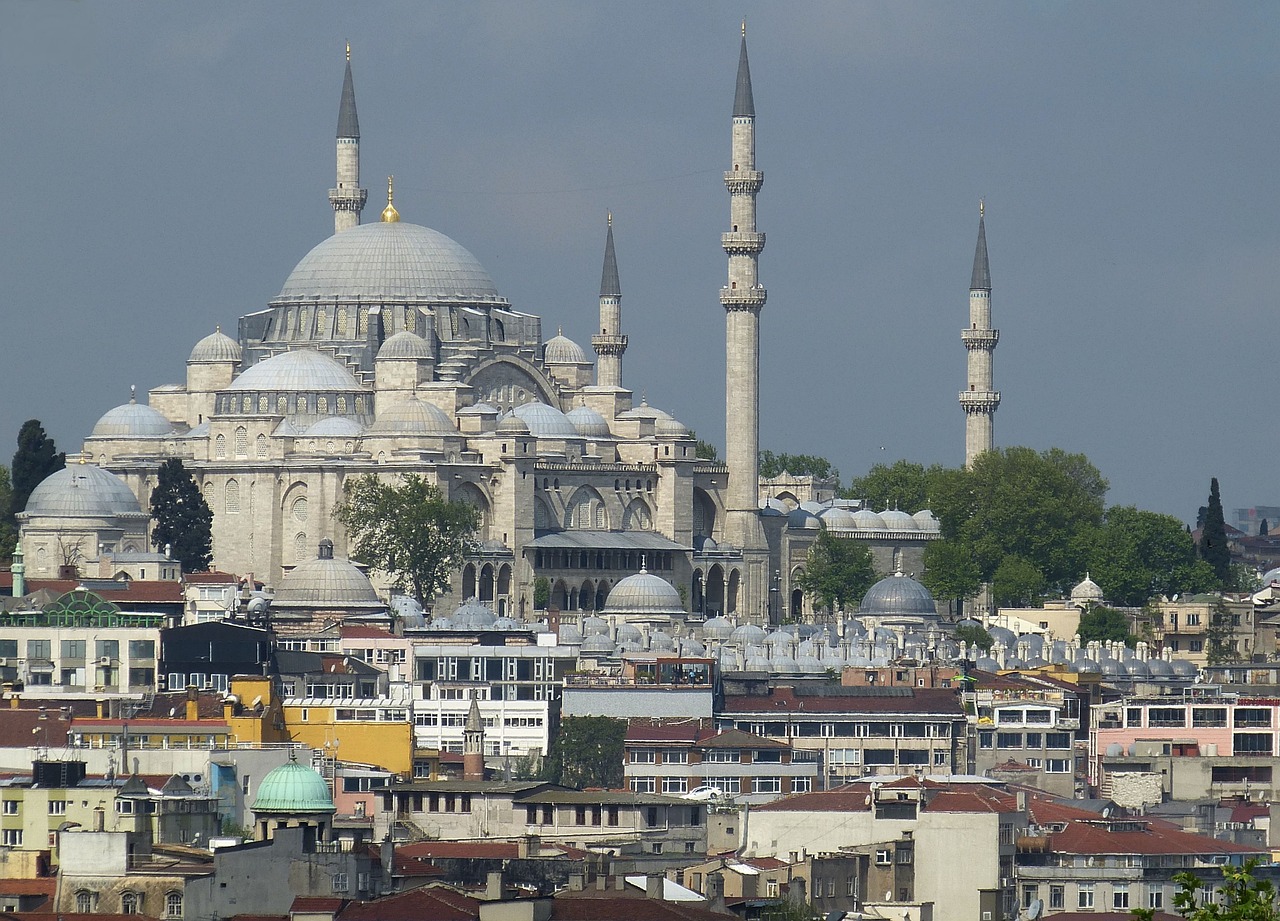
The construction of the Blue Mosque began in 1609 and was completed in 1616 during the reign of Sultan Ahmed I. The mosque was designed by the architect Sedefkâr Mehmed Ağa, who drew inspiration from both traditional Islamic architecture and Byzantine elements.
The name “Blue Mosque” comes from the intricate blue tiles adorning the interior walls, giving the mosque a unique and vibrant appearance. These tiles were specially crafted by the artisans of Iznik, known for their exquisite craftsmanship and vibrant color palette.
Construction During the Ottoman Empire
During the Ottoman Empire, mosques played a significant role not only as places of worship but also as symbols of power and prestige. Sultan Ahmed I commissioned the construction of the Blue Mosque to demonstrate the wealth and grandeur of the Ottoman Empire.
The mosque’s location, adjacent to the Hagia Sophia, was strategic, emphasizing the Ottoman Empire’s conquest of Constantinople and the transformation of the city into a center of Islamic culture and civilization.
Historical Context and Reasons Behind the Mosque’s Creation
The construction of the Blue Mosque occurred during a period of economic prosperity and artistic flourishing in the Ottoman Empire. Sultan Ahmed I sought to leave a lasting legacy through the creation of a mosque that would rival the grandeur of the Hagia Sophia.
The mosque’s architecture reflects a blend of Islamic and Byzantine influences, symbolizing the Ottoman Empire’s cultural synthesis and religious tolerance. The intricate details and exquisite craftsmanship of the Blue Mosque highlight the empire’s commitment to artistic expression and architectural innovation.
In conclusion, the Blue Mosque stands as a testament to the Ottoman Empire’s architectural prowess and cultural richness, attracting visitors from around the world to marvel at its beauty and historical significance.
- Key Points:
- The Blue Mosque, or Sultan Ahmed Mosque, was constructed during the Ottoman Empire under Sultan Ahmed I.
- The mosque’s name comes from the stunning blue tiles that adorn its interior walls.
- The construction of the Blue Mosque was a symbol of the Ottoman Empire’s power and cultural achievements.
Through the construction of the Blue Mosque, Sultan Ahmed I left behind a legacy that continues to captivate visitors and serve as a testament to the rich history and artistic heritage of Istanbul.
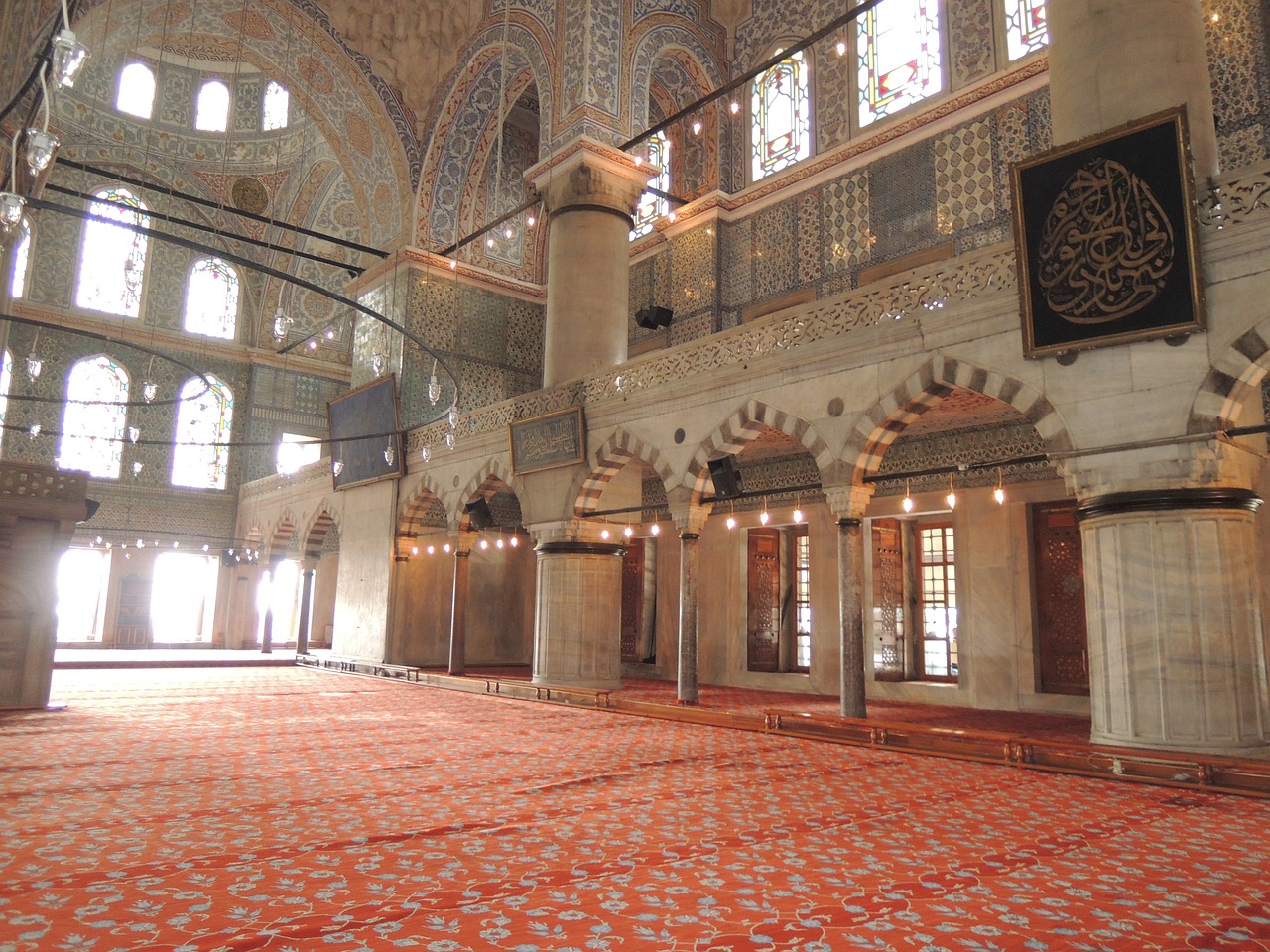
Architectural Features of the Blue Mosque
The Blue Mosque, officially known as the Sultan Ahmed Mosque, is a masterpiece of architectural design located in Istanbul, Turkey. It is renowned for its stunning blue tiles that adorn the interior walls, giving it its popular name. Let’s delve into the key architectural features that make the Blue Mosque a marvel of Islamic architecture.
Distinctive Blue Tiles
- The mosque is adorned with over 20,000 handmade ceramic tiles, predominantly in shades of blue, green, and white, which lend the mosque its iconic name.
- These tiles feature intricate floral and geometric patterns, reflecting the traditional Ottoman artistry and craftsmanship.
- The blue tiles not only provide a striking visual appeal but also create a serene and peaceful ambiance within the mosque.
Layout of the Mosque
- The Blue Mosque follows a classic Islamic architectural layout, with a large central dome and four smaller domes surrounding it.
- The mosque is designed to accommodate a large number of worshippers, with a spacious prayer hall and a courtyard for outdoor prayers.
- The layout emphasizes symmetry and balance, reflecting the harmonious principles of Islamic architecture.
Central Dome
- The central dome of the Blue Mosque is an architectural marvel, soaring high above the prayer hall and supported by four massive pillars.
- The dome is adorned with calligraphic inscriptions and intricate designs, symbolizing the grandeur and majesty of Islamic architecture.
- The central dome serves as a focal point of the mosque, drawing the eyes of worshippers upwards in awe and reverence.
Minarets
- The Blue Mosque is flanked by six slender minarets, a unique feature that sets it apart from other mosques in Istanbul.
- The minarets are intricately adorned with balconies, windows, and geometric patterns, showcasing the fine craftsmanship of Ottoman architects.
- The minarets serve both a practical and symbolic purpose, calling worshippers to prayer and symbolizing the connection between heaven and earth.
Influence of Byzantine and Islamic Architecture
The design of the Blue Mosque is a fusion of Byzantine and Islamic architectural elements, reflecting the rich cultural heritage of Istanbul. The influence of Byzantine architecture can be seen in the grand dome and spacious interior, reminiscent of the Hagia Sophia. On the other hand, Islamic architectural features such as the minarets, calligraphic decorations, and geometric patterns highlight the mosque’s devotion to Islamic traditions.
In conclusion, the Blue Mosque stands as a testament to the beauty and elegance of Islamic architecture, blending traditional elements with innovative design to create a timeless masterpiece. Its distinctive blue tiles, intricate layout, central dome, and majestic minarets all contribute to its status as one of the most iconic landmarks in Istanbul and a symbol of the city’s cultural richness.
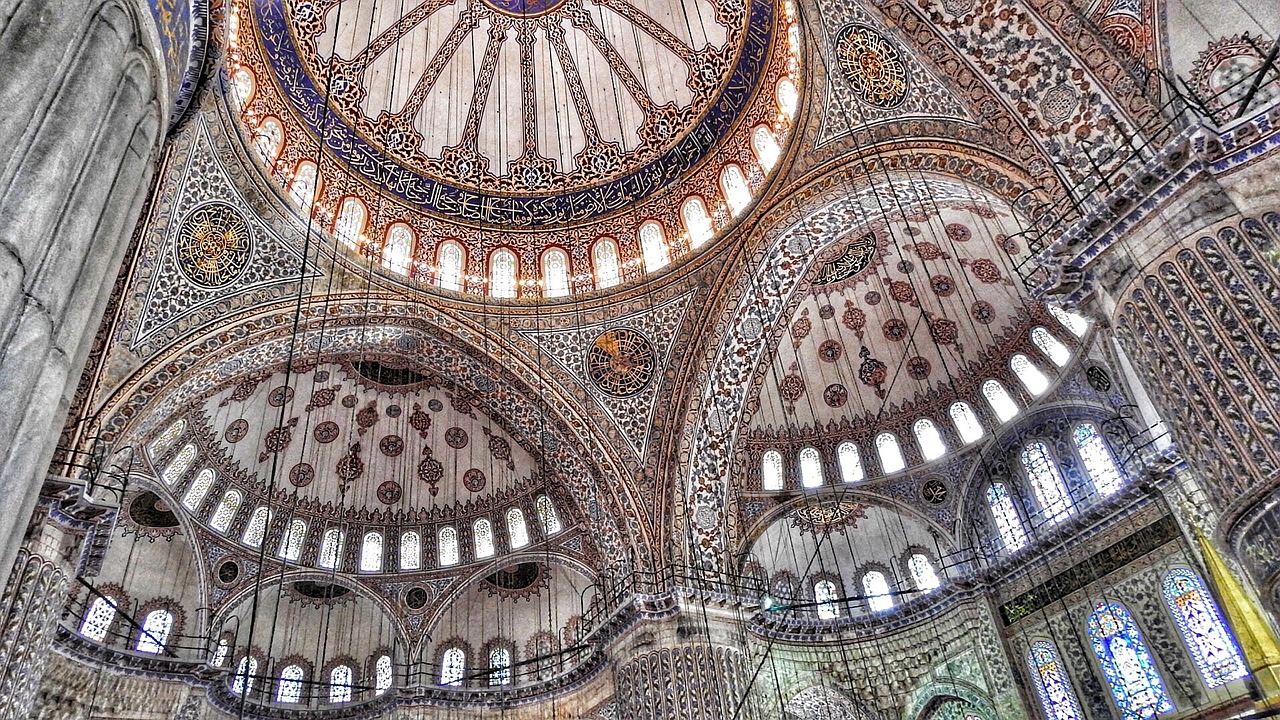
Role as a Place of Worship and Community Gathering
The Blue Mosque, also known as the Sultan Ahmed Mosque, holds immense cultural significance within Istanbul, Turkey. Built in the early 17th century, the mosque serves as a prominent place of worship for Muslims and a hub for community gatherings. Here’s a closer look at its role in daily life and community spirit:
- Worship: The Blue Mosque is one of the most important religious sites in Istanbul, attracting worshippers from near and far. Its stunning architecture, adorned with blue tiles that give it its name, creates a serene and sacred atmosphere for prayers. The call to prayer echoing from its minarets resonates throughout the neighborhood, marking the rhythm of daily life for residents.
- Community Gathering: Beyond its religious significance, the Blue Mosque acts as a center for community engagement. Residents often gather in its courtyard to socialize, discuss local matters, and enjoy the peaceful surroundings. The mosque’s architecture and open spaces provide a welcoming environment for people to come together, fostering a sense of unity and belonging.
Importance in Daily Life of Residents
The Blue Mosque plays a vital role in the daily life of residents in Istanbul, shaping their routines and interactions. Here are some ways in which the mosque impacts the lives of locals:
- Spiritual Connection: For many residents, visiting the Blue Mosque is a daily ritual that deepens their spiritual connection. The act of prayer and reflection within its walls offers a sense of peace and solace amid the hustle and bustle of city life.
- Cultural Identity: The mosque serves as a symbol of Turkey’s rich cultural heritage and Islamic traditions. Its presence in the cityscape reinforces residents’ sense of identity and pride in their history.
- Social Hub: Beyond its religious functions, the Blue Mosque serves as a social hub where residents gather for weddings, festivals, and community events. These gatherings strengthen social bonds and foster a sense of belonging among the diverse population of Istanbul.
Impact on Tourism
The Blue Mosque’s cultural significance extends beyond the local community, attracting tourists from around the world. Its architectural beauty and historical importance make it a must-visit destination for travelers. Here’s how the mosque influences tourism in Istanbul:
- Tourist Attractions: The Blue Mosque, with its intricate tile work, towering minarets, and expansive courtyard, is a major tourist attraction in Istanbul. Visitors flock to admire its beauty, learn about its history, and experience the spiritual ambiance of the mosque.
- Economic Contribution: The influx of tourists drawn to the Blue Mosque significantly contributes to the local economy. Tourists spend money on accommodations, dining, souvenirs, and guided tours, boosting businesses in the surrounding area.
- Cultural Exchange: The presence of tourists at the Blue Mosque fosters cultural exchange and understanding between locals and visitors. Tourists gain insight into Islamic traditions and Turkish culture, while residents have the opportunity to interact with people from diverse backgrounds, enriching their own perspectives.
In conclusion, the Blue Mosque stands as a symbol of cultural richness, spiritual significance, and community unity in Istanbul, embodying the city’s vibrant heritage and welcoming spirit.
Restoration Efforts
The Sultan Ahmed Mosque, popularly known as the Blue Mosque, stands as a symbol of Istanbul’s rich history and architectural beauty. Over the years, concerted restoration efforts have been undertaken to preserve this iconic structure, ensuring its longevity and cultural significance.
Restoration Projects
Several restoration projects have been carried out to maintain the Blue Mosque’s beauty and structural integrity:
- Dome Renovation: The intricate domes of the mosque have undergone meticulous restoration to repair cracks and preserve their grandeur. [Brand Name] Dome Sealant has been used to reinforce the structure and protect it from weathering.
- Tile Restoration: The vibrant blue tiles that adorn the interior of the mosque have been carefully restored using [Brand Name] Tile Restoration Kit, bringing back their original luster and color.
- Calligraphy Preservation: The calligraphic inscriptions inside the mosque have been delicately restored using [Brand Name] Calligraphy Ink, ensuring the intricate designs are maintained for future generations to admire.
Challenges Faced
Preserving a historic building like the Blue Mosque comes with its own set of challenges:
- Aging Infrastructure: The wear and tear on the centuries-old building require constant monitoring and maintenance to prevent structural damage.
- Environmental Factors: Istanbul’s climate can be harsh, with high humidity and temperature fluctuations posing a threat to the building’s materials.
- Balancing Tradition and Modernity: Finding the right balance between traditional restoration techniques and modern solutions is crucial to preserving the mosque’s authenticity while ensuring its longevity.
Reflecting on the Legacy
In conclusion, the Blue Mosque in Istanbul symbolizes the city’s profound history and magnificent architecture. It is imperative for visitors to immerse themselves in the beauty of this iconic landmark while being mindful of its cultural importance. Exploring the Blue Mosque offers a glimpse into Istanbul’s past and a chance to appreciate its architectural grandeur. Therefore, it is highly recommended for visitors to take the time to visit and admire the Blue Mosque, honoring its significance and enriching their understanding of Istanbul’s rich heritage.
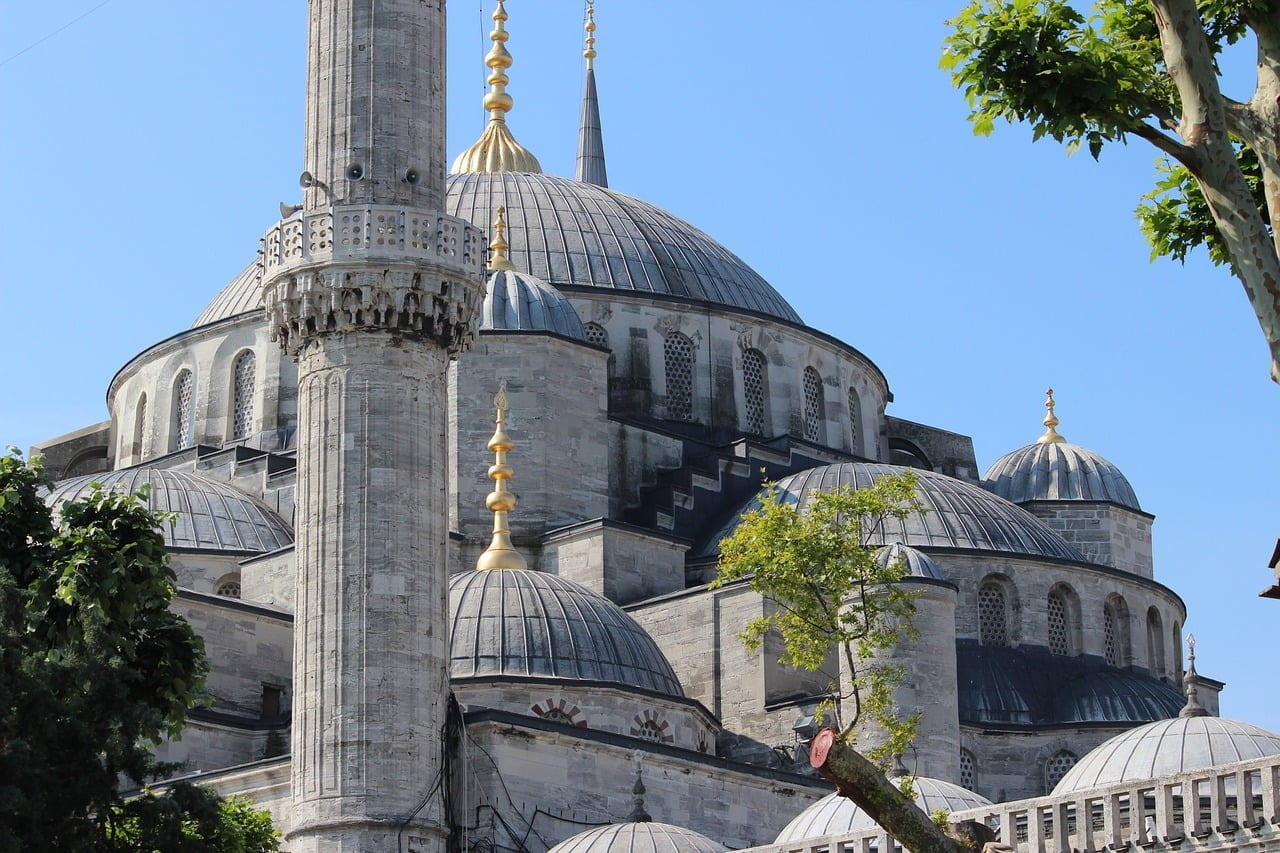





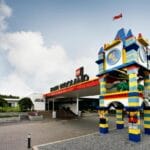


I visited the Blue Mosque last year and was amazed by the intricate tile work inside. It’s truly stunning!
Can you recommend any specific guided tours to learn more about the Blue Mosque’s history?
Any tips for visiting historical sites in Istanbul during peak tourist season?
During peak season, try to visit popular sites early in the morning or late in the evening to avoid the crowds. Also, consider purchasing tickets online in advance to skip the long queues.
I heard that the Blue Mosque has six minarets, more than usual for a mosque. Could you share why that is significant architecturally?
Thanks for bringing that up! The six minarets of the Blue Mosque were actually a gift from Sultan Ahmet I to Mecca’s Grand Mosque. It was a symbolic gesture to show the importance of the Blue Mosque.